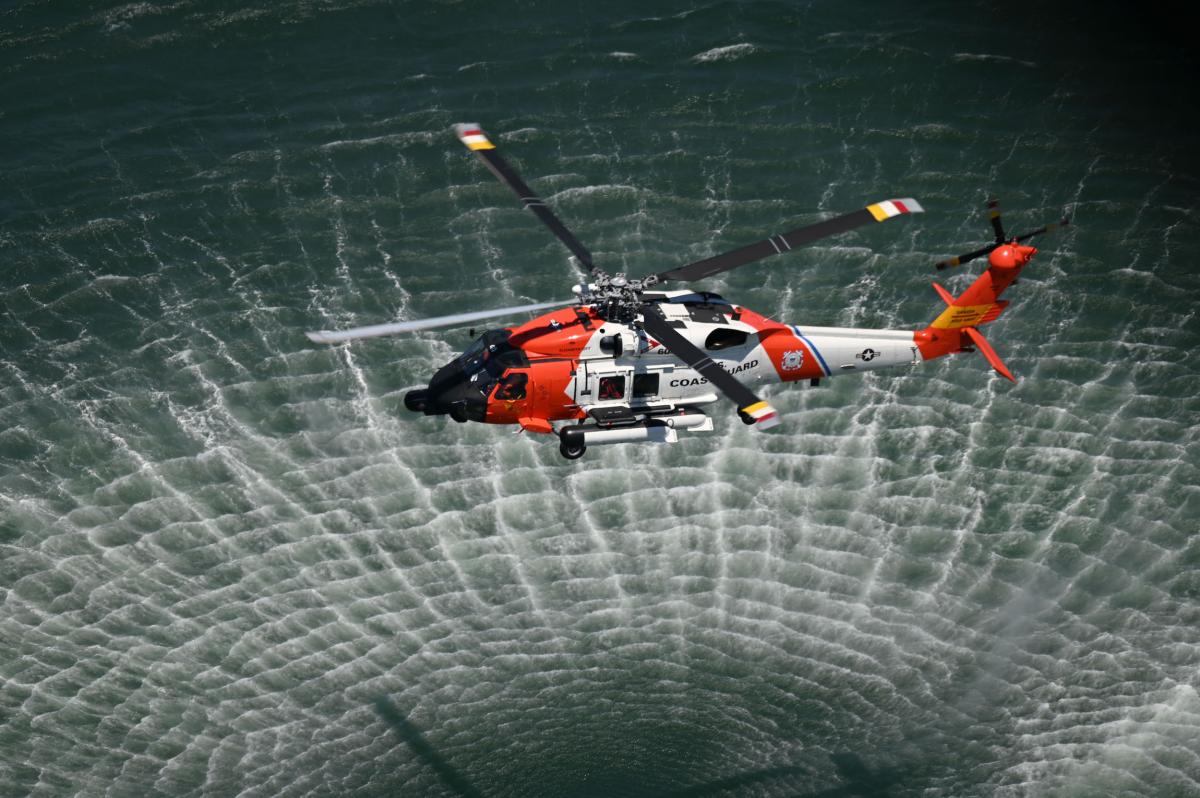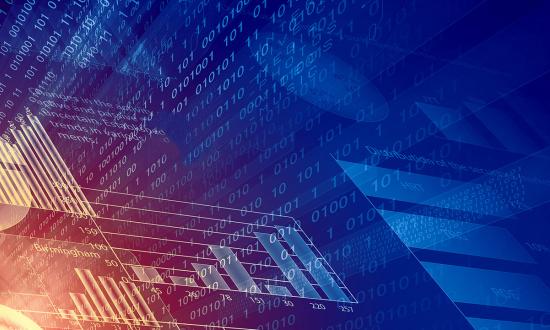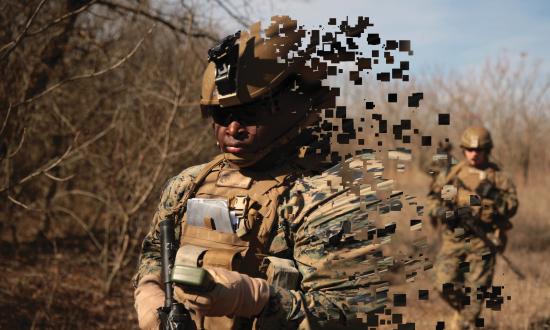One of my former commanders told me it is impossible to determine geographic concentrations, or hot spots, of search-and-rescue (SAR) data because of its unpredictability. When I was the sector intelligence officer at the Coast Guard Sector, my team worked to debunk this assumption. We created heat-map concentrations that mapped out the locations of historic law enforcement cases to determine if deploying assets to highly-concentrated locations on the heat map increased law enforcement case activity. While the unit’s SAR and law enforcement commander supported the concept for law enforcement cases, she doubted its potential for SAR.
However, we successfully heat mapped SAR case data and discovered there are hot spot concentrations in certain geographic areas. This may surprise some, but it is expected that there will be more distress in areas where boating and swimming are common. Even though this data set had more noise and randomness than the law enforcement case data, my team successfully identified trends by analyzing several years of data at a macro level.
Because SAR cases are a rare occurrence within a unit’s geographic boundaries, the SAR commander only had anecdotal data, leaving her susceptible to the “law of small numbers,” a fallacy in which small samples are representative of the overall population.1 In this case, the commander was familiar with only a small number of SAR cases, a couple dozen at most, across a geographic area that was tens of thousands of square miles in size. As such, she concluded that since those cases initially appeared random in nature, all cases of people in distress on the water are therefore random.
Unfortunately, data misconception is pervasively common within the Coast Guard. Many members struggle to understand the data they encounter on a daily basis, and frequently make judgments based on their biases and flawed understanding/analysis. Data misconception can be detrimental when making significant decisions, especially in life-or-death situations, so the Coast Guard needs to prioritize data comprehension. By using collected data, training its members how to interpret the data, and investing in tools to facilitate data analysis, the Coast Guard can better accomplish its mission.
Data Rich and Information Poor
The Coast Guard conducts the majority of its missions in the physical world, to include its cutters performing counterdrug patrols, its helicopters executing SAR missions, and its small boats enforcing security zones and navigable waterways. Because of this, many service members do not believe the Coast Guard is a digital service. However, the Coast Guard electronically collects massive amounts of data in executing its daily missions, to include violations ranging from drug smuggling to overfishing to safety hazards, vessel and facility conditions, unit purchases, service member trainings, and even the number of flu shots administered. While the Coast Guard may execute its missions in the physical world, it documents the existence of such missions in the digital world.
Even though the Coast Guard has such an extensive data repository, the service’s inability to use or comprehend the full extent of data at its disposal hinders decision-making. The Coast Guard has not placed a significant emphasis on analyzing or consolidating these data sets, nor training its members in the basics of data science. Even its main, although not sole, data hub, the Maritime Information for Safety and Law Enforcement (MISLE), is not set up to enable advantegous data analysis.
For the Coast Guard to effectively use the data it has, it needs to develop new or purchase existing comprehensive and integrated data-collection and analysis tools. This will enable members to access more data in a more digestable manner, better understand their operational environments, and provide unique insights into procedural and technological improvements.
Investing in People: The Need for Data Scientists
While the need to understand its data is important, the Coast Guard also needs to invest in training its workforce to be fluent in data science. All too often, the service relies on its members to independently become proficient in different skills. This may be a viable process at the unit level handling relatively small projects, but it is not feasible at the organization level. While some members may be motivated to learn data-science techniques on their own, most will not, especially if they do not understand their value. As such, the service needs to start an organization-wide initiative to provide data-science training to its members.
The first step is for the Coast Guard to train its members in the basics of coding. Understanding and being able to code at a basic level is already a critical skill in the private sector, and is viewed just as important as reading and writing, especially with ever-increasing amounts of data. Learning how to code can improve the efficiency of members in their collection and processing of data. By using code to create programs to complete mindless and time-consuming tasks, like typing data into a spreadsheet, members would have more time to focus on more complex tasks, like analysis.
Because the data being collected and analyzed varies based on location and mission, the Coast Guard cannot just simply task a programmer to develop a one-size-fits-all data-and-collection program. For example, with SAR, water temperature is important as cold water can cause hypothermia. While this is a significant concern for units in Maine for most of the year, it is less of a concern for units in South Florida. Therefore, individuals need the basic skills to code to meet the needs of their specific location and mission.
The second step for the Coast Guard to improve its workforce’s data analytics capabilities is to establish civilian and military data scientist positions at various units. Not every unit will need a data scientist, but most large commands will need at least one or a small team to tackle the region’s overarching problems. These data scientists will have significantly more training and be able to develop more complex programs and data-analysis tools for the commands. In addition, it is essential to have a headquarters-level programmatic office to develops policies, identify new and useful analytic tools, and manage workforce training.
Investing in Tools: AI Data Analytics
After attaining better organization of its existing data and a workforce proficient with the basics of data science, the service can begin to seriously consider more advanced tools to improve its processes and data analysis. There are large potential gains for data analysis if the Coast Guard invests in artificial intelligence (AI) and machine learning (ML) because the service can build a proprietary system to its specifications, or look to leverage existing AI/ML tools.
Incorporating AI/ML tools into the service’s data analytics will allow it to derive insights within and across large data sets. For example, combining weather, fisheries market, and personnel data from commercial fishing vessel examiners can provide units insight as to when certain fishing vessels may get underway and what the associated risks are. These insights can be used to better position assets for SAR and allow for better preparation during seasonal case increases without burning members out.
AI/ML tools can also improve work efficiency. As another example, in 2018, estimates show the Coast Guard interdicted about 250 metric tons of cocaine. To put this in perspective, estimates for that same year indicate about 2,750 metric tons of cocaine came through the maritime zone, of which the service interdicted about 9 percent of the total flow. In comparison, in 2011, shipments of cocaine averaged about 600 metric tons, and interdictions averaged about 150 metric tons (about 25 percent). In the span of seven years, cocaine shipments increased by 350 percent and interdictions increased by 66 percent, indicating the need for new solutions. AI/ML tools can improve these interdiction rates by identifying trends and insights not readily evident to the common analyst.
Some service members may argue against incorporating AI/ML tools, but they need to keep its limits and ubiquity in mind. First, the current state of AI/ML is narrow, meaning the program can only learn from specific data sets. For example, an AI program that analyzes shipboard engine data cannot operate weapon systems in a combat scenario. Second, AI/ML is already being incorporated into almost every facet of our lives, from the driver assistance technology in newer vehicles to the facial recognition used to unlock smartphones. By failing to leverage these tools and technologies, the service will hinder its future abilities to effectively execute its missions.
A Smarter Service
Becoming a more insightful and capable service is an operational imperative today. Although integrating tools and training the workforce cannot be achieved overnight, the Coast Guard needs to start the process. As Vikram Mahidhar and Thomas H. Davenport noted,
Very few AI systems are fully autonomous, but are rather focused on augmentation of and by human workers. New AI systems typically mean new roles and skills for the humans who work alongside them, and it will typically require considerable time to retrain workers on the new process and system.
In its March 2021 report, the National Security Commission on Artificial Intelligence also identified the need for immediate investment in training and technology, noting that the United States lags competing nations in developing necessary resources. With growing competition for funds and resources within the federal government, the Coast Guard needs to seize the initiative to develop the requisite talent and procure the necessary tools.
By investing in data science tools and training, the Coast Guard can begin to effectively use the massive troves of data it already possesses to gain new insights into how it can better execute its missions. However, this will require prioritization at all echelons of the organization, to include leadership support and a robust budget. Because data-science tools and training do not provide the same level of visibility that commissioning a new cutter does, the importance of data science needs to be expressed. It will have a larger impact on the overall success of the service than any single cutter, by providing insight into how to more effectively deploy such assets.
As this technology becomes more widespread, future generations of Coast Guard members will expect to have access to these tools to facilitate their work. By not prioritizing the integration of this technology and training of its workforce, the service runs the risk of driving away talented members through inefficiency and a stubborn resolve toward antiquity. If the Coast Guard wants to progress, it must do so in every aspect, which includes providing everyone with a foundation in data science and integrating AI/ML tools. The Coast Guard needs to start operating like the digital service it is.
1. Daniel Kahnemann, Thinking, Fast and Slow (New York: Farrar, Straus and Giroux, 2011), 112–13.






